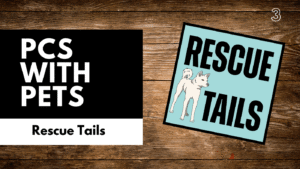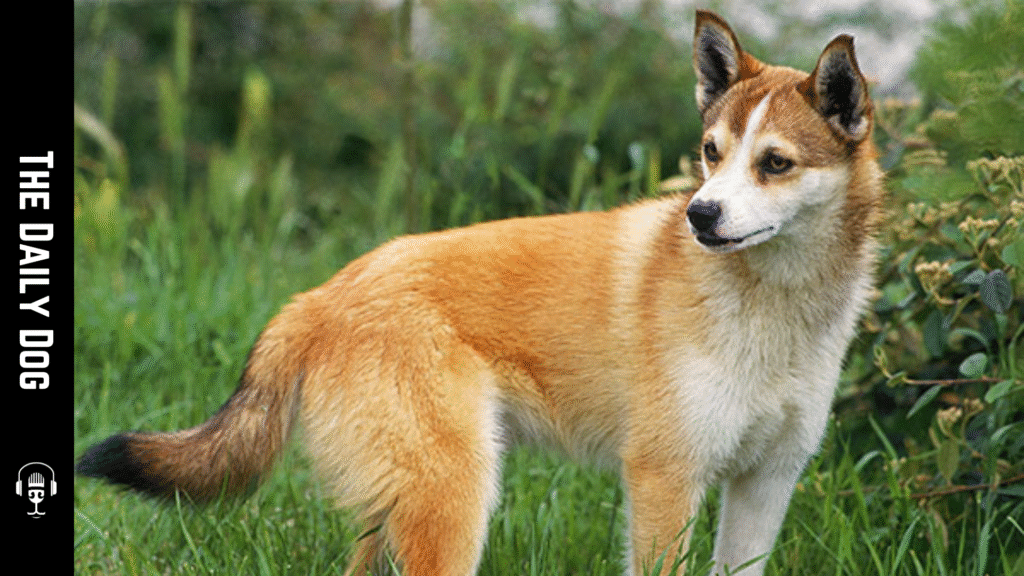The Norwegian Lundehund is an extraordinary breed that captures the imagination with its remarkable physical traits and lively personality. Originating from Norway’s rugged coastlines and rocky terrain, this small but resilient dog has a history intertwined with the challenging environment of the fjords and cliffs. Known for its exceptional flexibility and agility, the Norwegian Lundehund is a true testament to the adaptability and ingenuity of canine evolution. In this article, we will explore the fascinating characteristics, history, temperament, care requirements, and the current status of this exceptional breed.
Origins and Historical Significance
The Norwegian Lundehund, also called the Puffin Dog, has a rich history of over 1,000 years. Its primary role was to hunt puffins and their eggs on the cliffs of Norway’s coast. These birds nesting in inaccessible places required a canine companion with extraordinary climbing and balancing abilities. The breed’s name derives from the Norwegian words lund (grove or small wood) and hunde (dog).
The Lundehund was specifically bred for its agility and unique physical features, which enabled it to navigate narrow ledges and steep rock faces. Its skills were crucial for collecting eggs and hunting puffins, a vital food source for local communities. Over the centuries, the breed’s unique traits were refined to serve this specialized purpose.
However, with the decline of puffin hunting in the 20th century, the Norwegian Lundehund nearly faced extinction. Fortunately, dedicated breeders and conservation efforts have helped preserve this extraordinary breed, though it remains rare outside its native Norway.
Physical Characteristics and Unique Features
One of the most fascinating aspects of the Norwegian Lundehund is its distinctive physical features, which set it apart from other dog breeds. These traits include:
Six Toes on Each Foot: Unlike most dogs with four toes, the Lundehund has six toes on each paw. This polydactyl trait provides extra grip and stability on rocky surfaces, aiding in climbing and balancing.
Flexible Joints: The breed’s joints, especially the shoulders and neck, are highly flexible. This flexibility allows them to bend and twist in ways most dogs cannot, facilitating navigation through tight spaces and uneven terrain.
Ears that Can Close: The Lundehund has the unique ability to close its ears, protecting them from dirt, water, and debris when working in harsh environments.
Narrow Head and Long Neck: These features contribute to their agility and maneuverability in confined spaces.
Short Legs and Compact Body: The breed’s small stature and sturdy build make it agile and quick, perfect for climbing and hunting in rugged terrain.
Puffin-Hunting Adaptations: The breed’s physical traits, such as its flexible joints and extra toes, were specifically selected for puffin hunting, allowing it to access nesting sites inaccessible to other dogs.
The coat of a Norwegian Lundehund is double-layered—short and dense on the body with longer hair around the neck and chest, protecting harsh weather conditions.
Temperament and Behavior
Despite its specialized history, the Norwegian Lundehund is known for its lively, alert, and intelligent nature. It is a highly trainable breed that enjoys mental stimulation and physical exercise. Its personality traits include:
Energetic and Playful: The breed has high energy levels and requires regular activity to stay healthy and happy.
Loyal and Affectionate: Lundehunds tend to form strong bonds with their families and can be quite affectionate with their owners.
Alert and Watchful: Their natural alertness makes them excellent watchdogs, quick to bark at unfamiliar sights and sounds.
Independent yet Social: They are independent thinkers but generally enjoy socializing with people and other animals.
Cautious Around Strangers: While friendly, they can be wary of strangers, making early socialization important.
Their agility and intelligence make them suitable for various dog sports, including agility, obedience, and herding. However, their hunting instincts and alertness mean they may chase small animals or be wary of unfamiliar situations.
Care and Maintenance
Caring for a Norwegian Lundehund involves understanding their specific needs related to their physical traits and active lifestyle. Here are some essential aspects of their care:
Exercise Requirements: Due to their high energy levels, Lundehunds require daily exercise, including walks, playtime, and mental challenges. They excel in agility courses and can enjoy outdoor adventures.
Grooming: The double coat needs regular brushing to reduce shedding and prevent matting. During shedding seasons, more frequent grooming may be necessary.
Diet and Nutrition: A balanced diet tailored to their size, age, and activity level is vital. Consult a veterinarian for specific recommendations.
Health Monitoring: The breed is prone to genetic health issues, including joint problems and digestive sensitivities. Regular veterinary check-ups are essential.
Training and Socialization: Early training helps manage their independent nature and alert barking. Positive reinforcement techniques work well.
Living Environment: Lundehunds adapt well to apartment living but require ample exercise. They enjoy outdoor activities and should have access to safe environments for exploration.
Common Health Concerns
While generally a healthy breed, the Norwegian Lundehund has some health issues to watch for:
Lundehund Syndrome: A hereditary gastrointestinal disorder that can cause vomiting, diarrhea, and weight loss. Responsible breeding practices aim to reduce the incidence of this condition.
Joint Problems: Due to their flexible joints, they may develop joint issues or arthritis over time.
Skin Allergies: Some individuals may experience skin sensitivities, requiring proper grooming and skin care.
Regular health screenings and genetic testing are essential for early detection and management of these concerns.
The Current Status and Conservation Efforts
Once a nearly extinct breed, the Norwegian Lundehund’s population has increased thanks to dedicated conservation programs in Norway and abroad. Breeders and breed clubs work to maintain genetic diversity, health, and the breed’s unique traits.
The breed’s rarity outside Norway makes it a sought-after companion for enthusiasts interested in rare and historic breeds. Efforts include promoting responsible breeding, supporting breed clubs, and encouraging awareness about the breed’s history and care needs.
Organizations like the Norwegian Lundehund Club are crucial in breed preservation, organizing events, and providing resources for owners and breeders.
The Ideal Owner for a Norwegian Lundehund
Given their unique traits and active nature, the ideal owner for a Norwegian Lundehund is someone who:
- Is committed to providing regular exercise and mental stimulation.
- Has experience with small or active breeds.
- Can dedicate time to socialization and training.
- Appreciates the breed’s history and physical characteristics.
- Is prepared to handle potential health issues through regular veterinary care.
Lundehunds thrive in environments where they can explore and engage with their owners, making them excellent companions for active families, singles, or those interested in dog sports.
Final Thoughts
The Norwegian Lundehund is remarkable, thanks to its extraordinary physical abilities and lively personality. Its history as a puffin hunter on Norway’s rugged coastlines highlights the breed’s adaptability and resilience. Today, the Lundehund continues to charm dog lovers worldwide with its unique appearance and spirited nature.
The Norwegian Lundehund offers a loyal and engaging companion for those willing to invest time in training, exercise, and healthcare. Its rarity makes it a special addition to any dog family, especially for those interested in breeds with a rich history and distinctive traits.
As conservation efforts continue, the future of the Norwegian Lundehund looks promising, ensuring that this extraordinary little dog remains a living link to Norway’s coastal traditions and the remarkable adaptability of the canine species.
We offer a FREE Strategy Call.
Click on the graphic to learn more
Read More


PCS with Pets: How Rebel Rescue Helps Military Families and Their Dogs Stay Together








